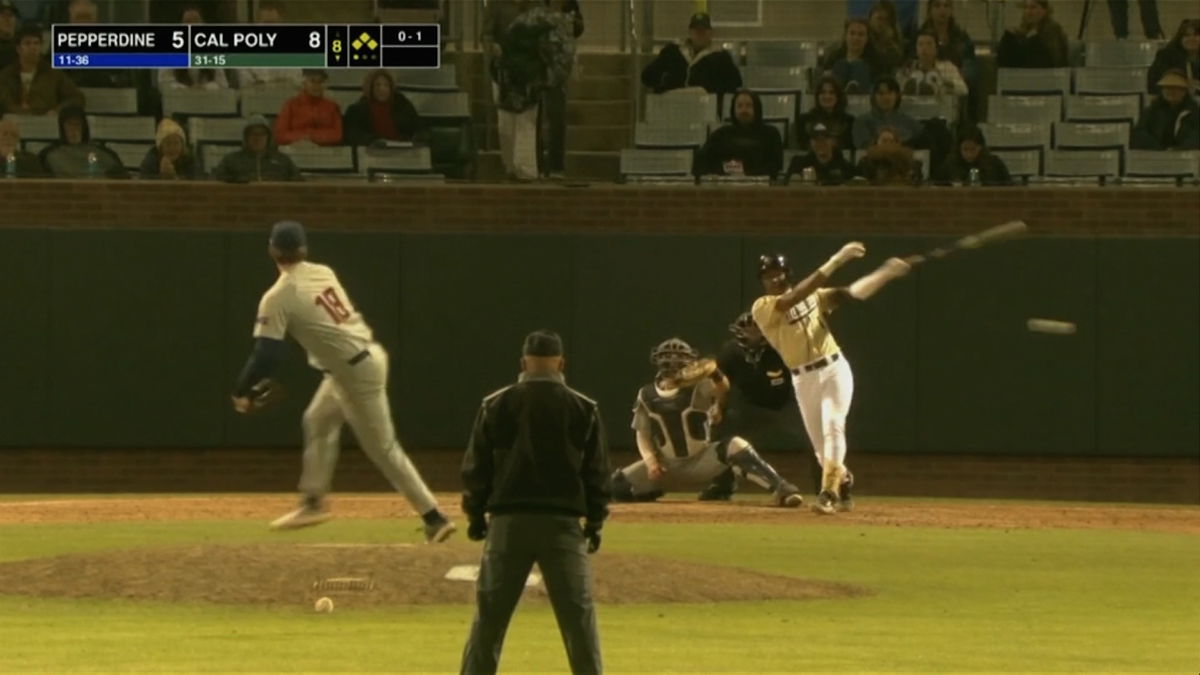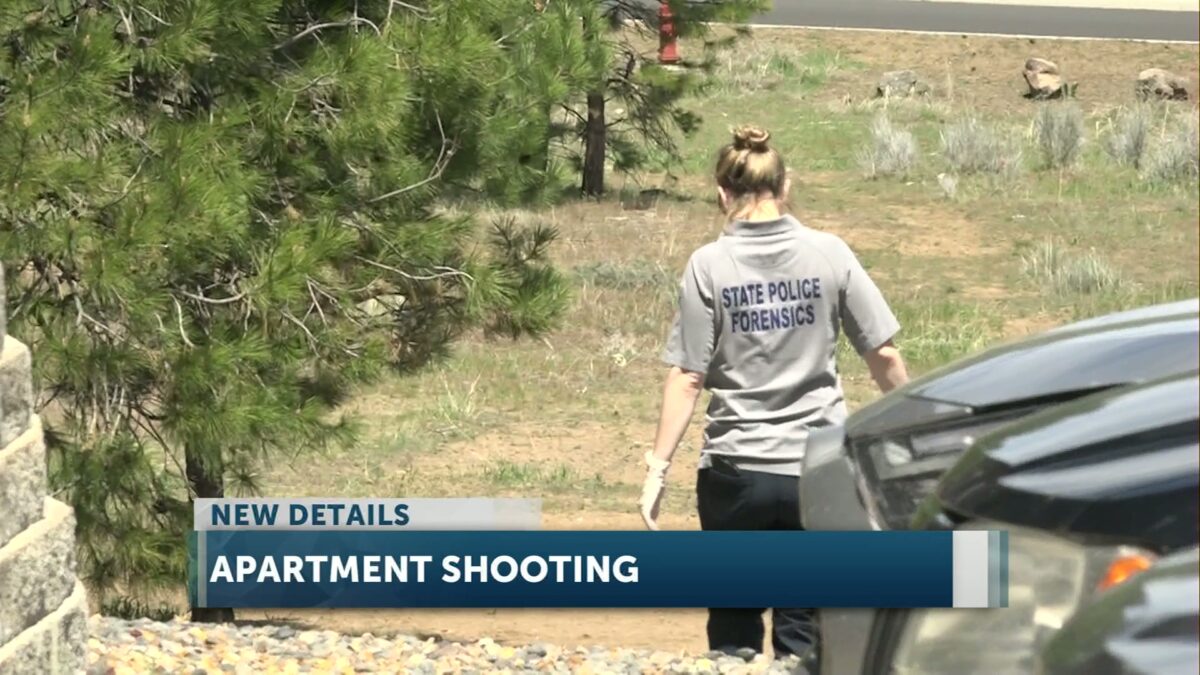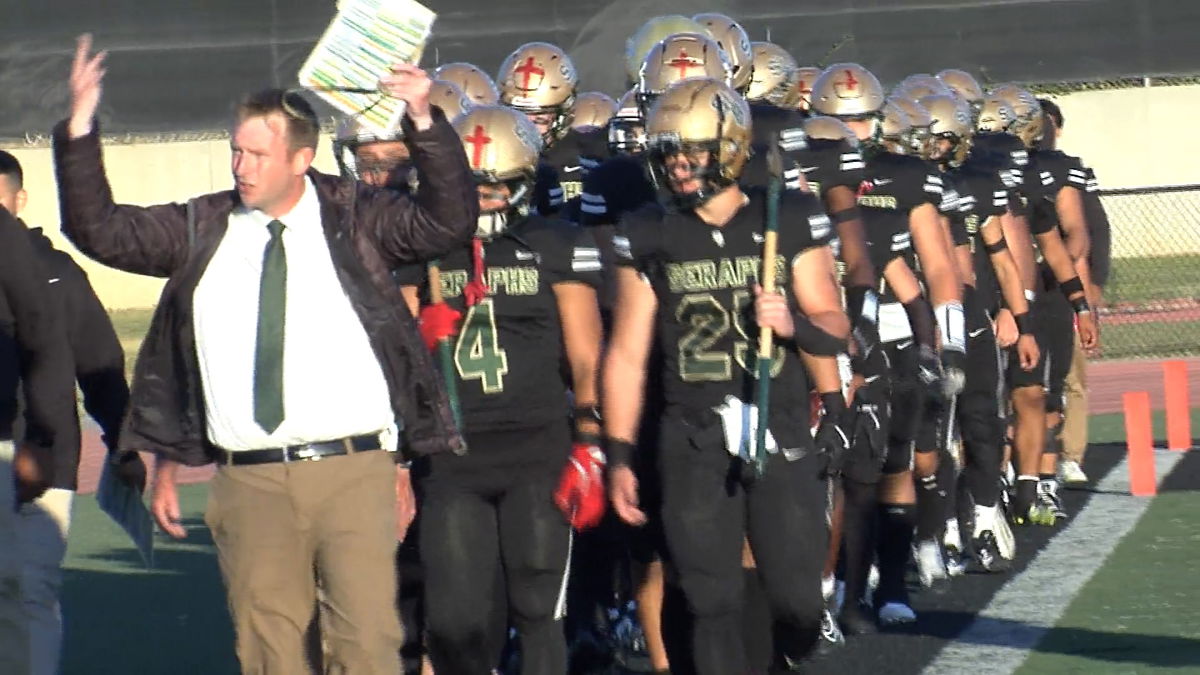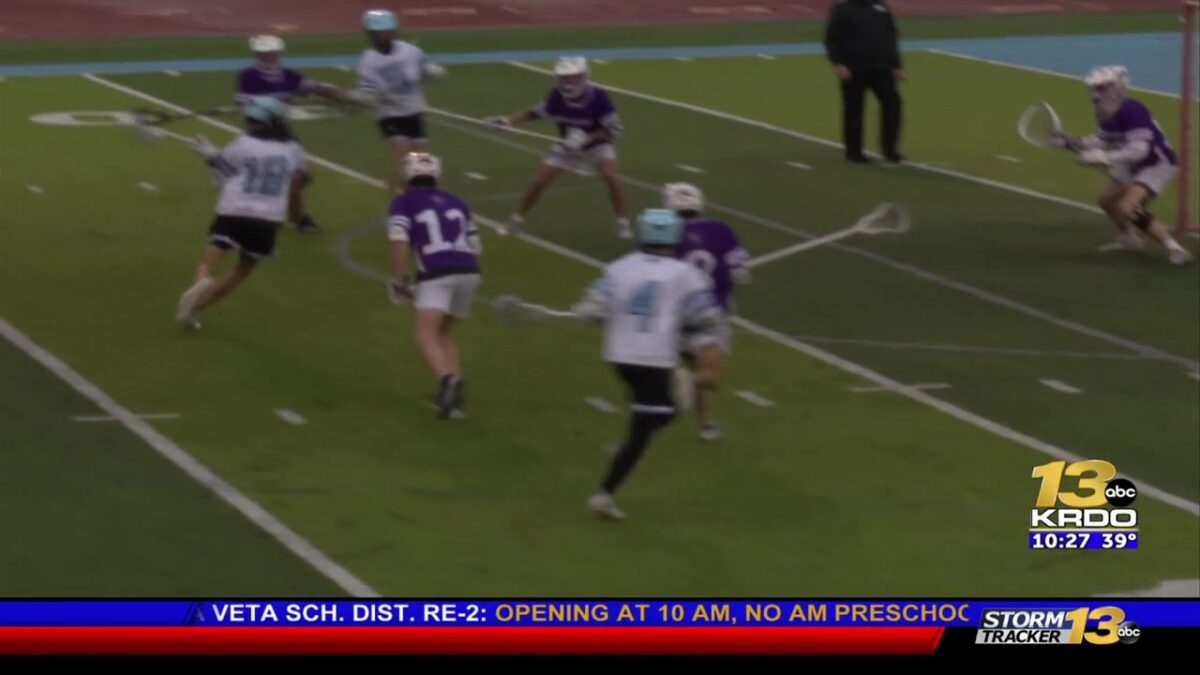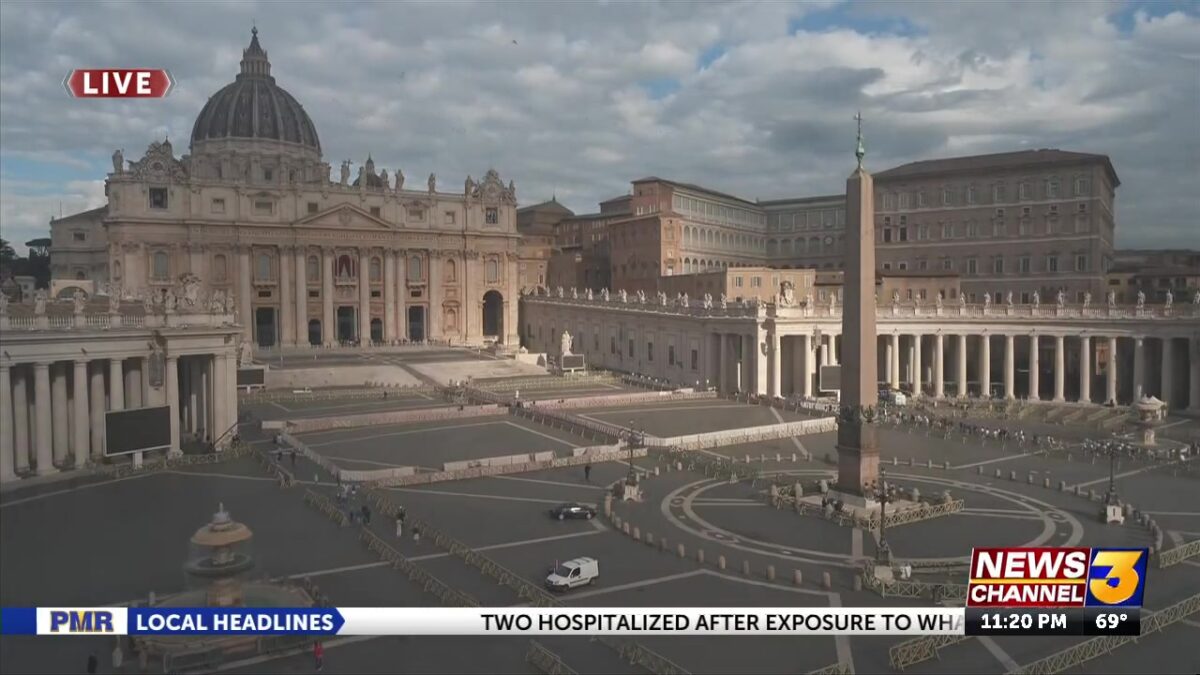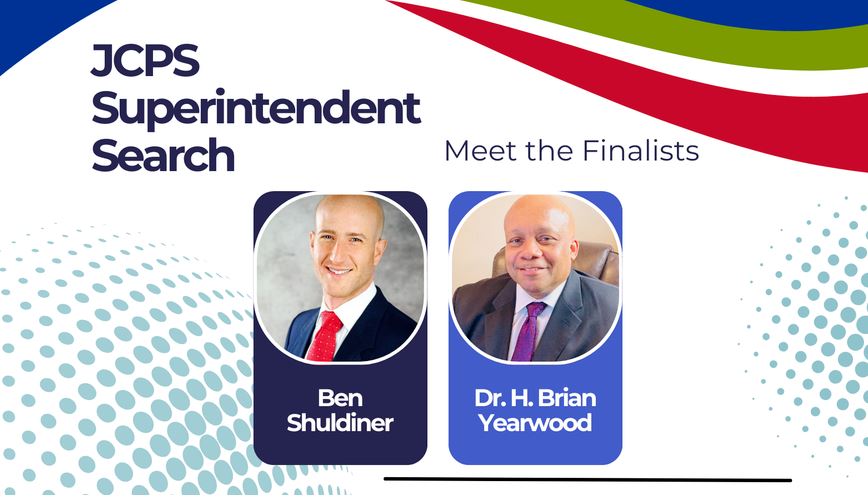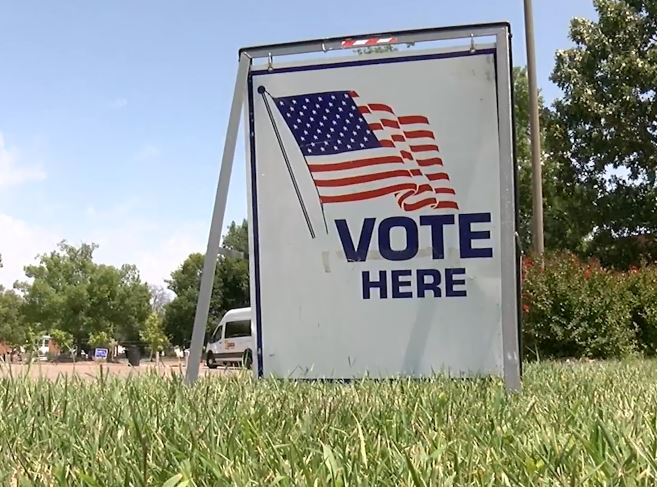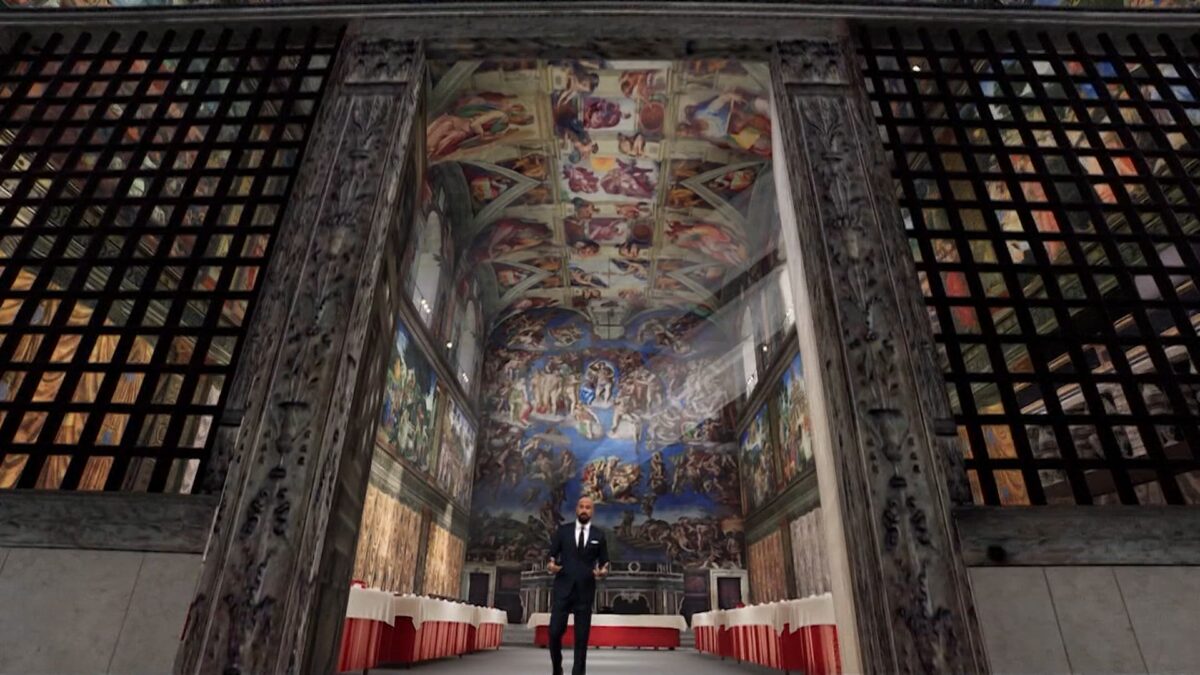Big eighth inning leads Cal Poly past Pepperdine
Mike Klan
SAN LUIS OBISPO, Calif. – For the second time in its last four games, the Cal Poly baseball team waited until its final turn at bat to grab the lead. Coach Larry Lee’s Mustangs scored seven times in the eighth inning to snap a 5-5 tie Tuesday night and went on to defeat Pepperdine 12-5 in a non-conference game at Baggett Stadium.
Cal Poly sent 12 batters to the plate in the eighth and they parlayed three hits, four walks, a hit batsman and a sacrifice bunt into a seven-run uprising. Highlighting the rally were two-run singles by Casey Murray and Dylan Kordic and a run-scoring double by Nate Castellon. A bases-loaded walk and hit batsman accounted for the other two runs.
With its fourth straight victory, Cal Poly improved to 32-15, defeating Pepperdine (11-37) in both midweek games this season for the second straight year and lifting Lee’s record against his alma mater to 20-19. The Mustangs earned a 10-2 triumph on March 25 in Malibu.
Five Mustangs produced multiple-hit games as Cal Poly collected 14 hits, reaching double digits for the 28th time in its last 40 contests. The Mustangs have won 31 of their last 41 games after a 1-5 start.
Shortstop Nate Castellon, the reigning Big West Field Player of the Week after going 9-for-14 in the Cal State Bakersfield series, led the way Tuesday with his seventh three-hit game — two doubles and a single — and sixth multiple-hit contest in his last eight starts. He is 18-for-33 (.545) in his last eight games and currently sports a .365 average for the year.
First baseman Zach Daudet, second baseman Jake Downing, third baseman Alejandro Garza and center fielder Casey Murray Jr. all added two hits each.
Garza is 68-for-171 (.398) in his last 40 games and has a team-leading 27 multiple-hit games this year while Murray Jr. has hit safely in 38 of Cal Poly’s 47 games. Daudet, whose average had slipped 54 points since his return from a blood infection April 18, is back up to .361 for the season.
Downing replaced Ryan Fenn at second base in the fourth inning. Fenn was taken out of the lineup for precautionary reasons and Downing responded in his usual fashion with two doubles and three RBIs.
As a replacement twice for Fenn covering six games in March and one more Tuesday night plus substituting for Daudet for nine games in April, Downing has hit .364 with two doubles, a pair of triples, one home run and nine RBIs in those 16 games.
Senior southpaw Jake Torres (3-4), the last of six Cal Poly pitchers used in the game, secured the final five outs for his third victory of the season. The loss was charged to John Callis (0-1) as he gave up Cal Poly’s sixth run of the game, the first in the eighth frame which snapped the 5-5 tie.
Pepperdine, which used 23 pitchers in last week’s sweep by Northwestern State, called out nine pitchers to the mound Tuesday night. Starter Nate Tichy left the game after three frames, his team ahead 4-1, but the eight relievers couldn’t hold the lead.
Trailing 5-2, Cal Poly tallied three runs in the sixth inning on a wild pitch and a two-run double to left-center field by Downing. Neither team scored again until Cal Poly’s seven-run uprising in the eighth.
Pepperdine wasted two major scoring chances to extend their leads. The Waves left the bases loaded in the fifth after Chris Downs came out of the Mustang bullpen and struck out a pair of batters to end the threat while Joe Cardinale missed a suicide squeeze bunt with two outs in the eighth, then lined out to Downing at second base to retire the side.
Pepperdine’s 12 hits included three singles by Nick Upstill, a pair of two-run singles by Julian Nunez in the first and third frames and two singles by Cardinale.
Cal Poly finished its slate of midweek games with a 9-1 record, but its RPI slipped two notches to No. 39 despite its 17th come-from-behind victory of the season.
The Mustangs return to Big West play at Cal State Northridge this weekend. Game times have been changed to 5:30 p.m. Friday, 4:30 p.m. Saturday and 1 o’clock on Sunday.(Article courtesy of Cal Poly Athletics).
